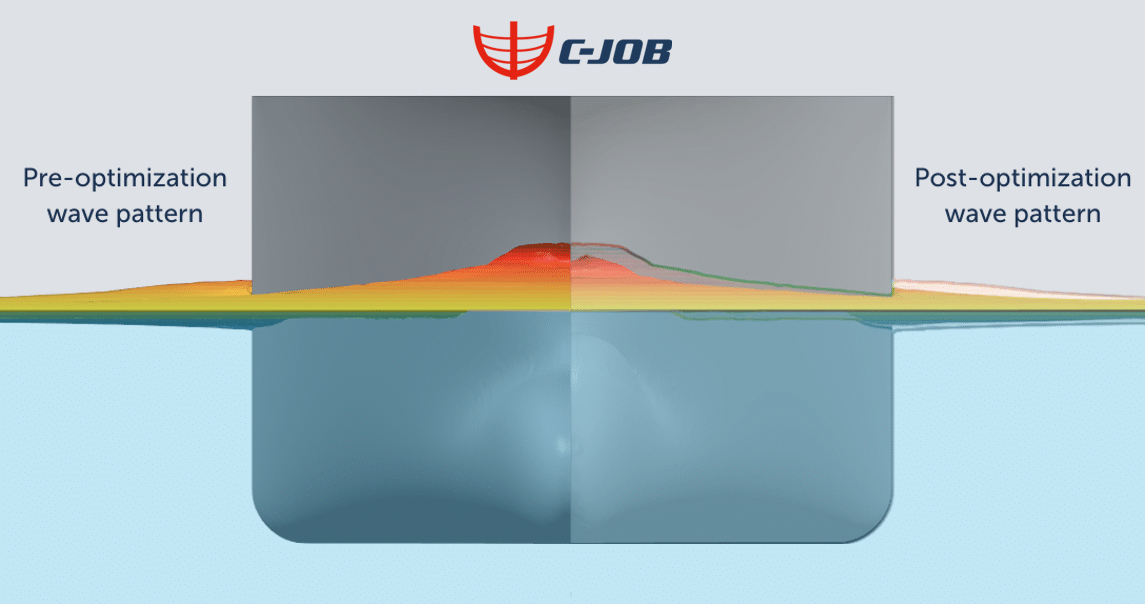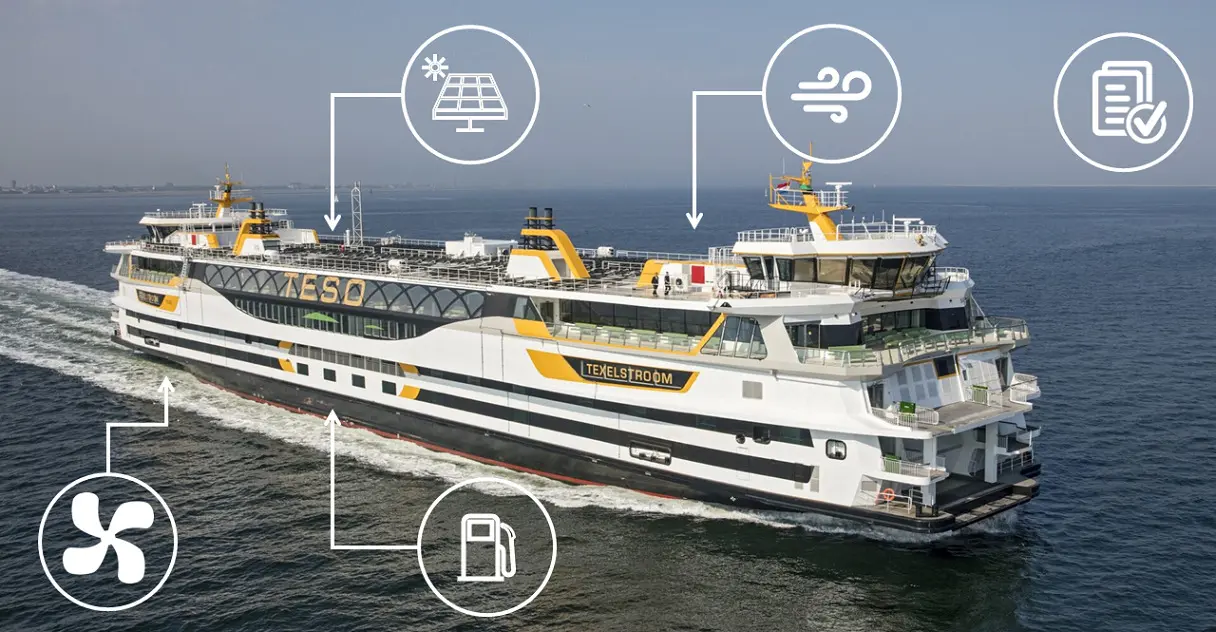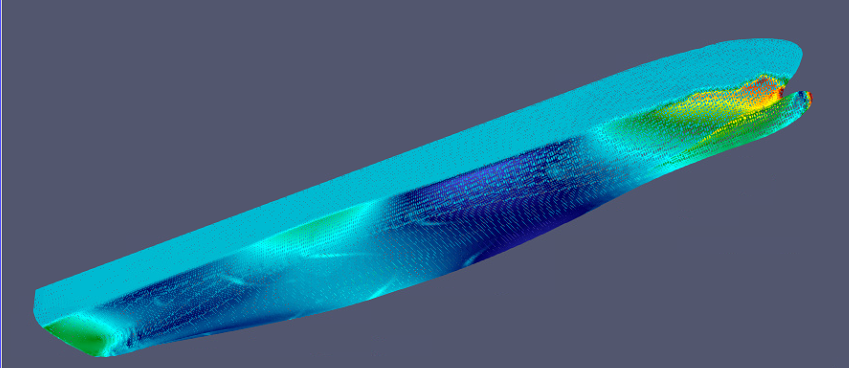Computational Fluid Dynamics (CFD)
By using Computational Fluid Dynamics, we can calculate the resistance of a vessel at every phase of the project for customers, enhancing the precision of the design process
CFD simulates the flow of water, allowing the naval architect to focus on the fairness of the hull in a certain direction. This process enables the realization of ship designs with the best possible performance and a lower carbon footprint.
Computational Fluid Dynamics play an important role in hull shape optimization, optimizing the flow around the hull which in turn impacts installed engine power, the amount of energy to be carried, and the available space in certain areas of the hull.
Computational Fluid Dynamics (CFD)
Discover more

Ahead of the Curve: C-Job Pioneers State-of-the-Art Optimization Tool
Any naval architect will tell you that computational fluid dynamics (CFD) software is the greatest thing since the towing tank. And rightly so. The simulation software eliminates the need for elaborate model tests and is conducive to a faster and smoother design process. Experts use it to model anything from underwater appendages to hull forms.
Subscribe to our newsletter
Sign up for our bi-monthly newsletter, the NewsFlash, and keep up to date with C-Job news.

